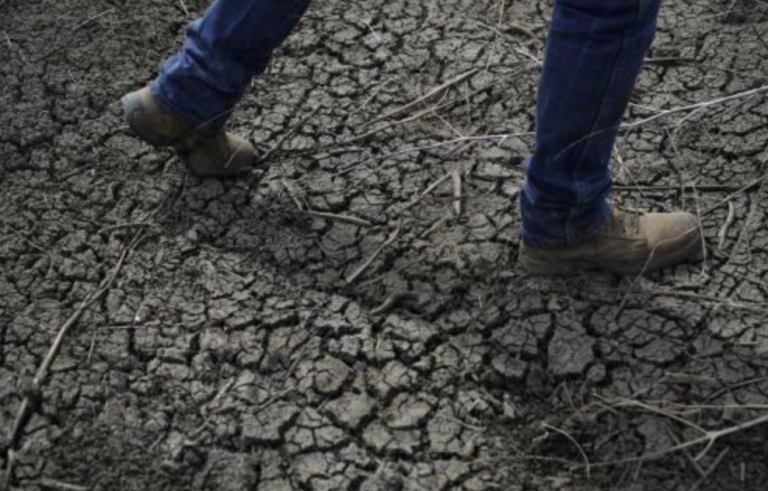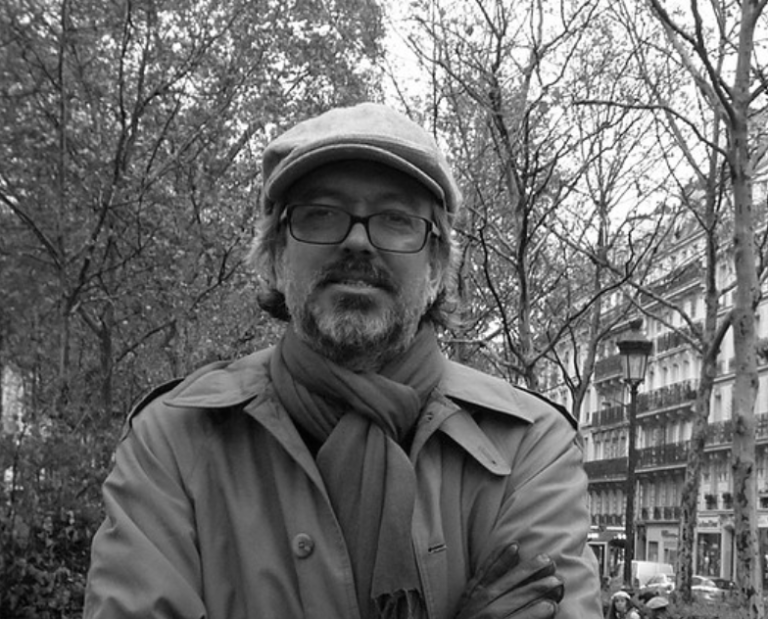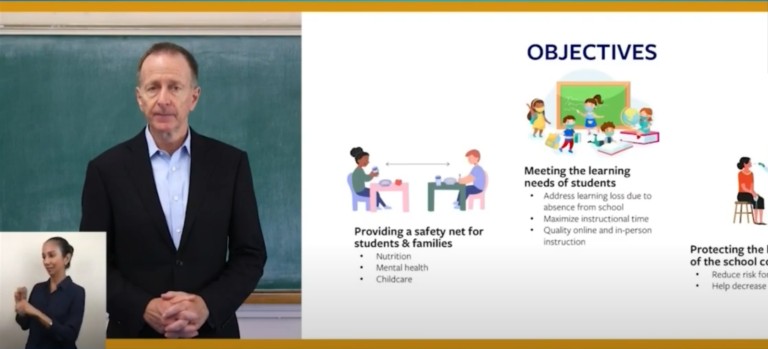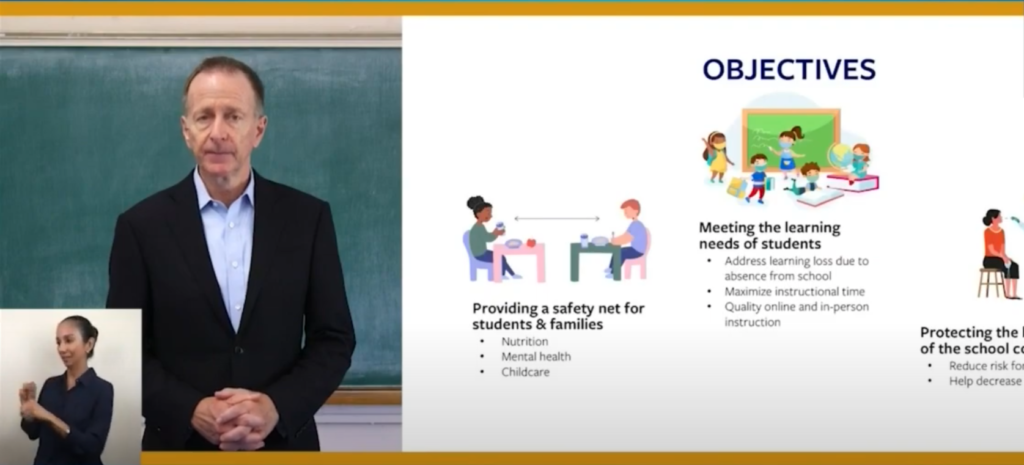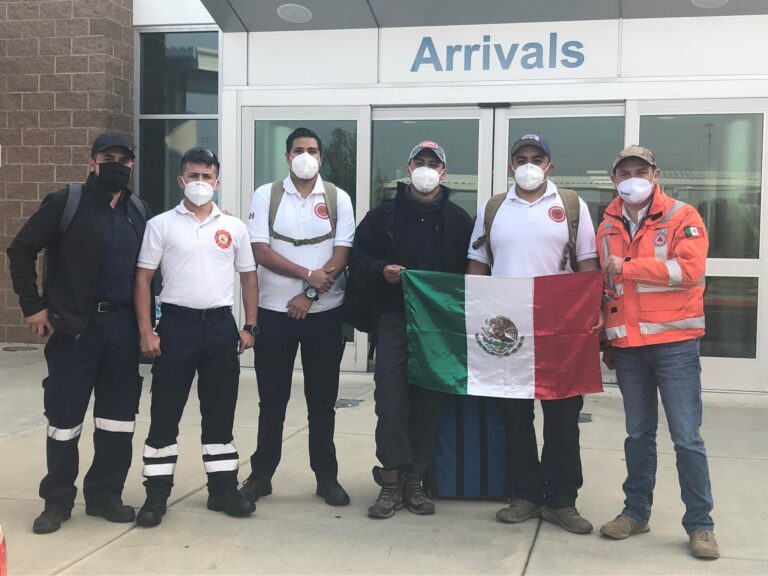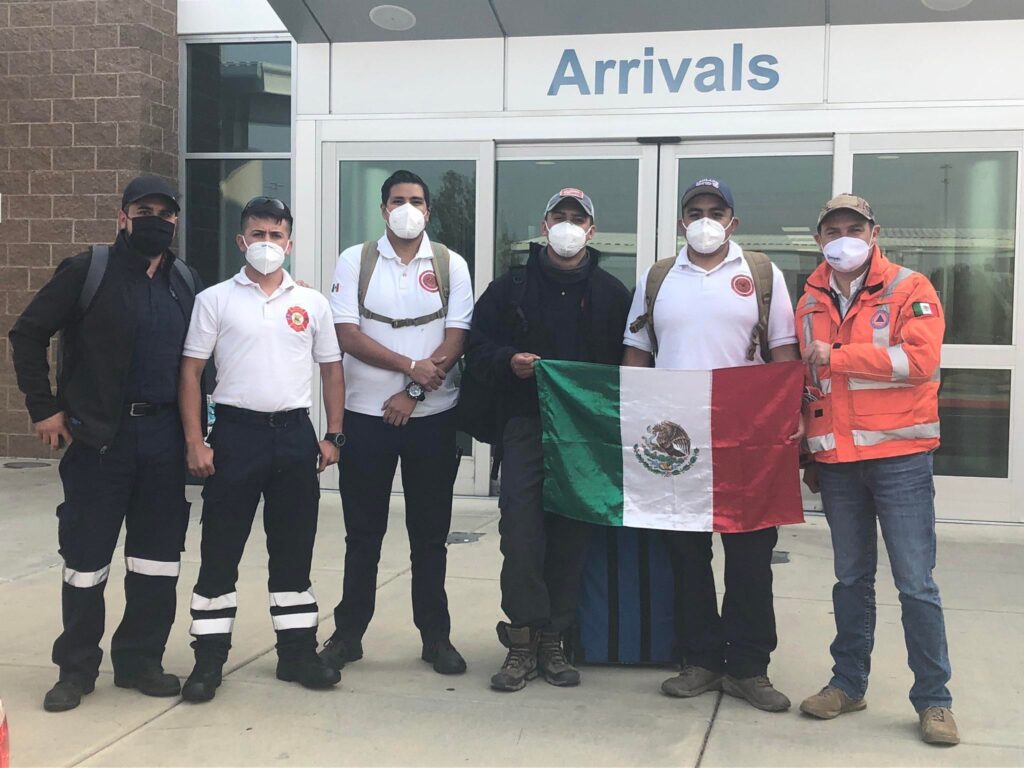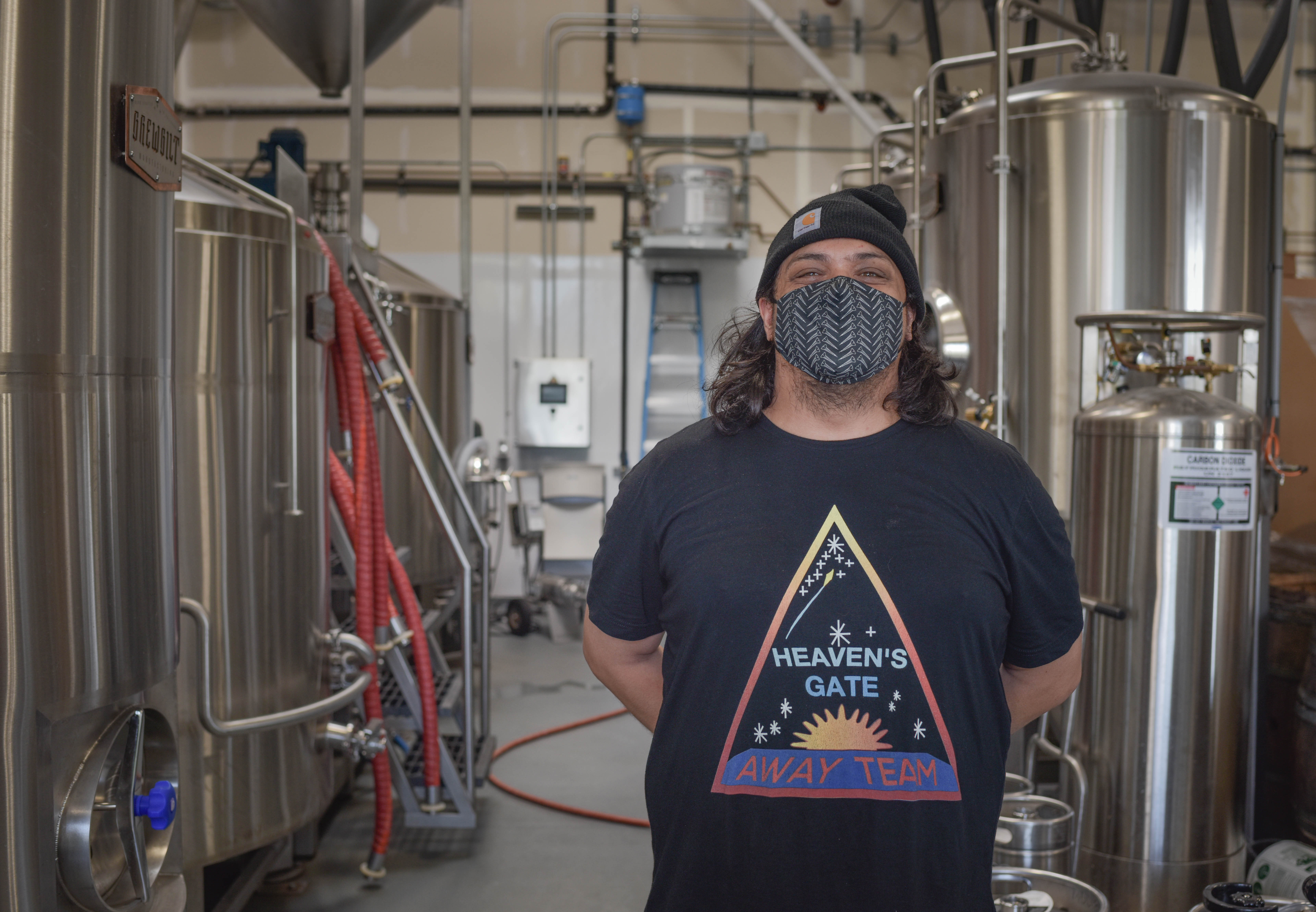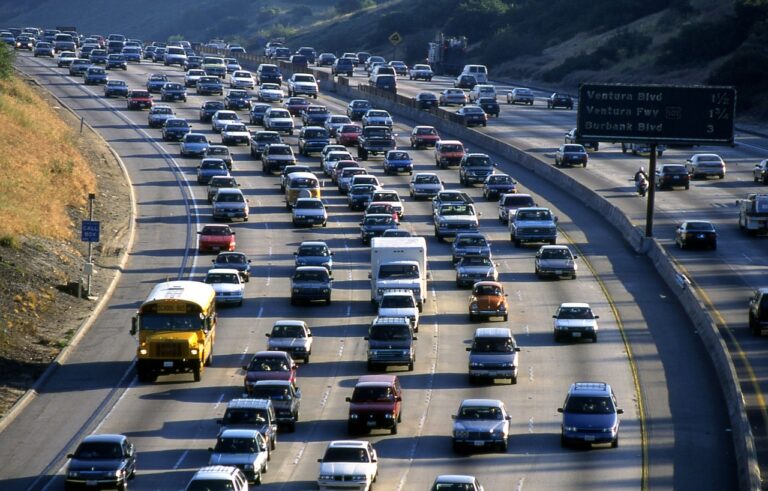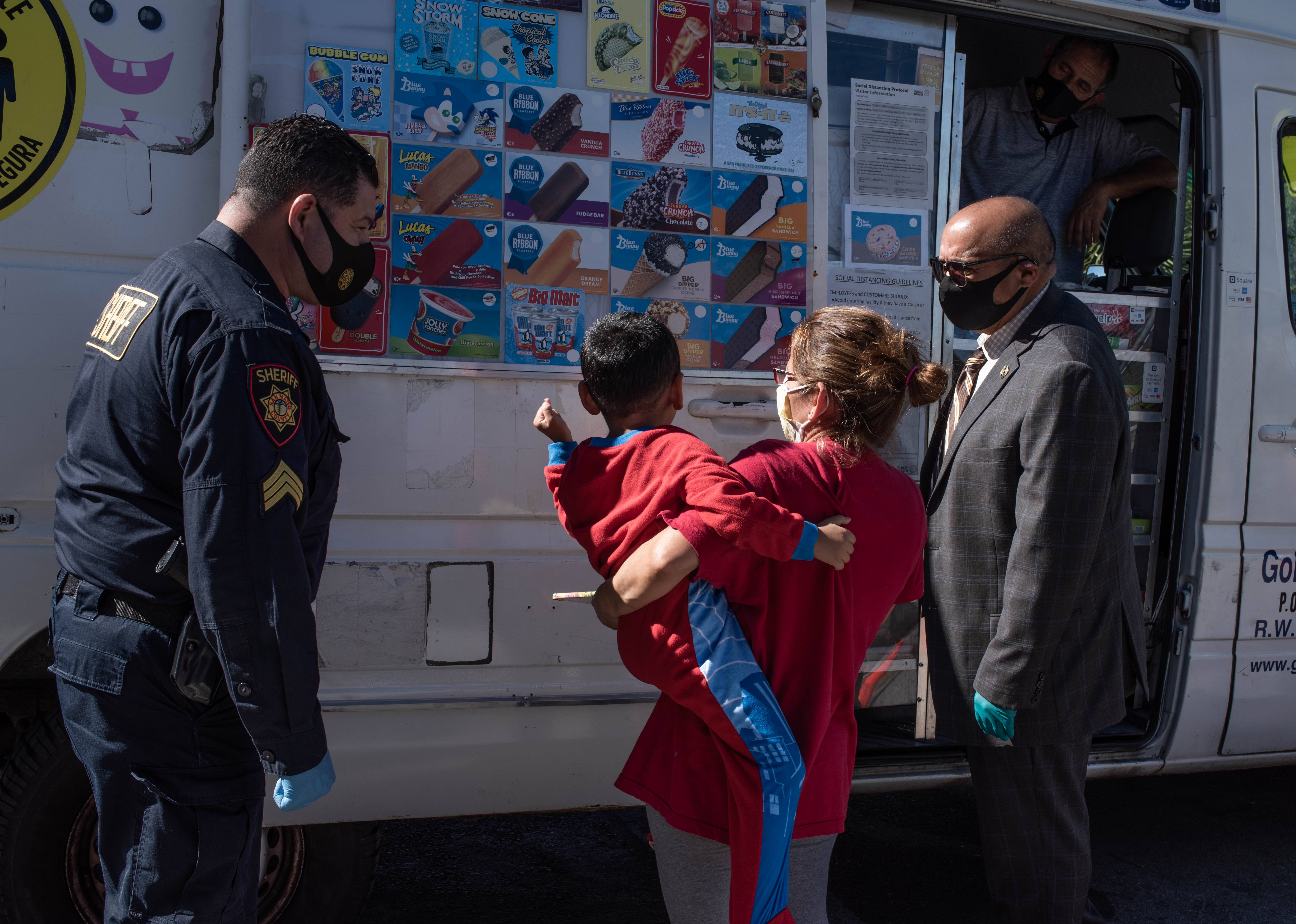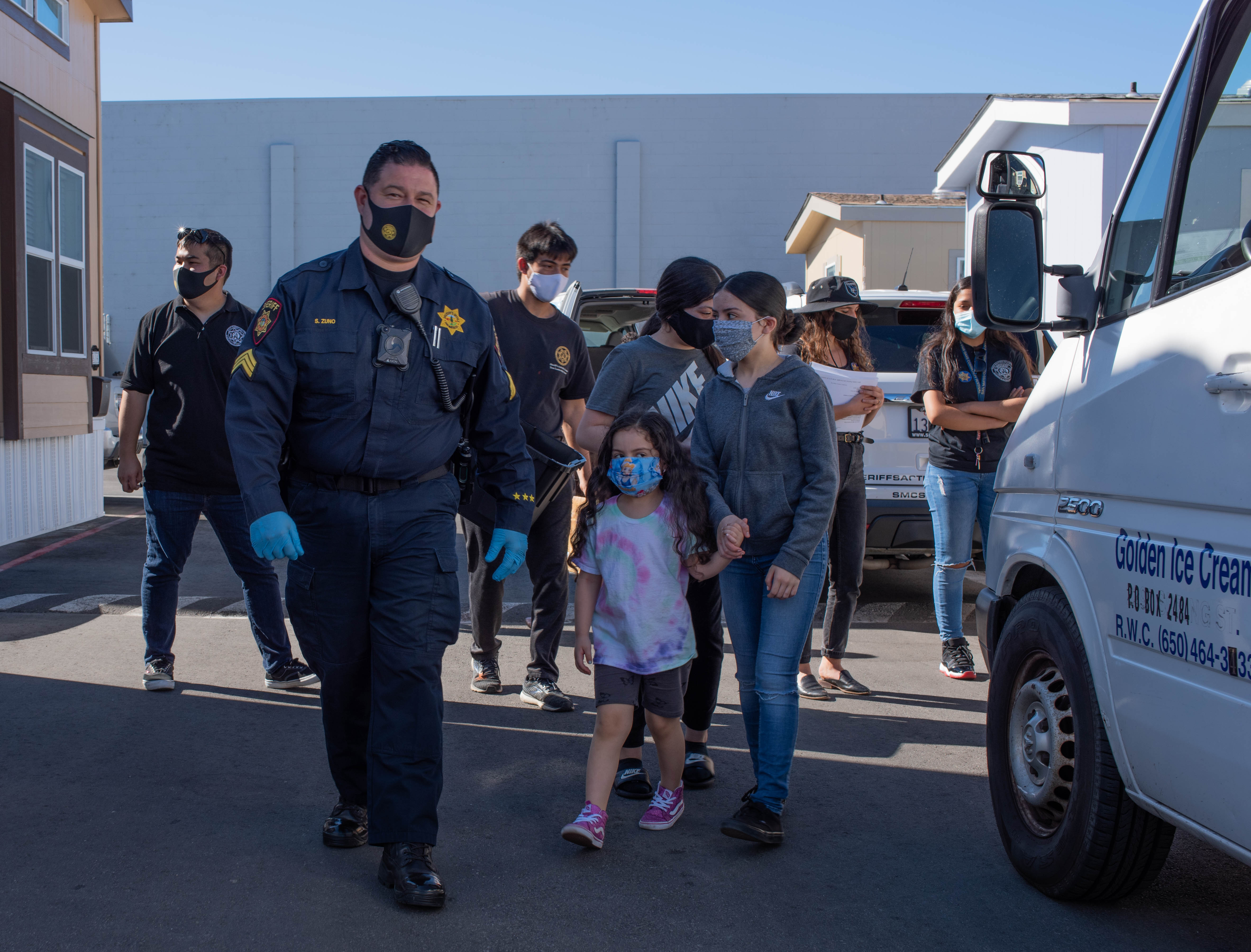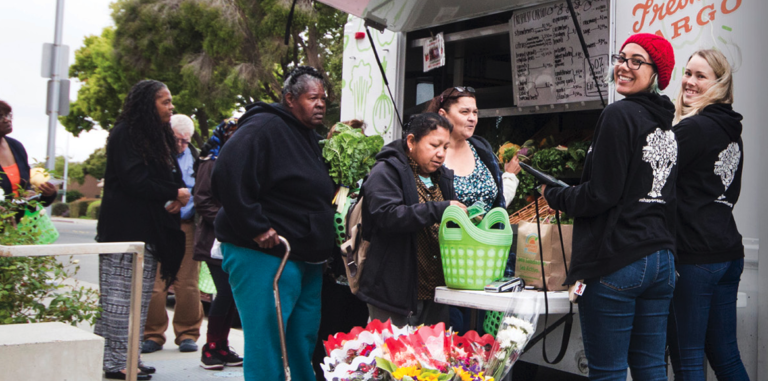Pam Cruz. Peninsula 360 Press.
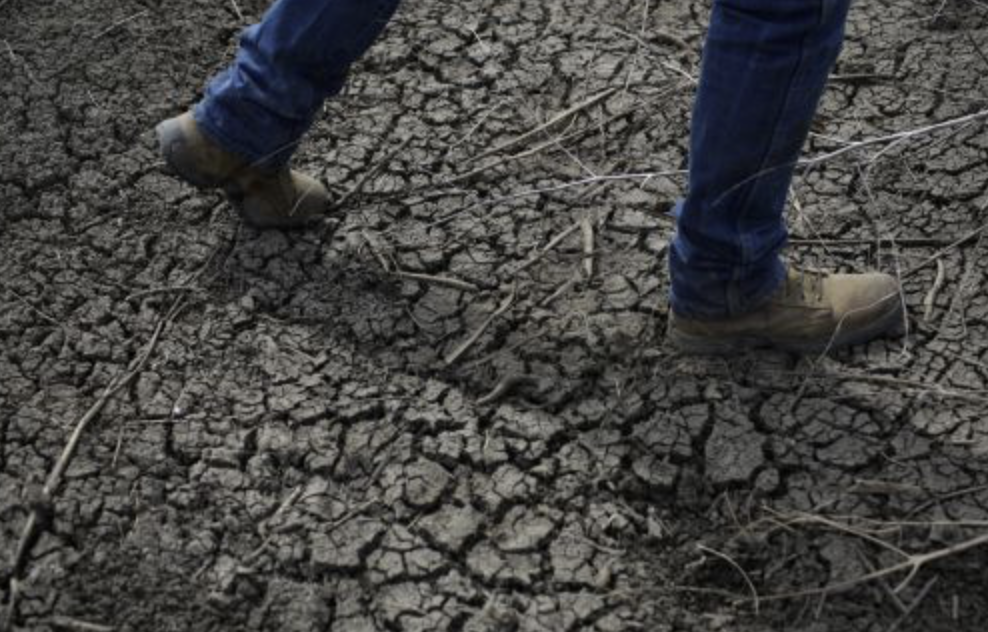
After the unprecedented fires registered in California during this year, and floods of catastrophic proportions in other U.S. states, the Afro-descendant and Latino populations have been among the most affectedMany of them do not have the necessary resources to deal with such disasters.
He pointed out that during a video conference organized by Ethnic Media Servicesthe sociologist and environmentalist Robert D. Bullardwho pointed out that climate change has been a determining factor in demonstrating that in the U.S.A. we continue to live a situation of segregation.
The above, since so your skin color alone increases your chance of dying early by 15 percent by the secondary effects of the environmental crisis that is being experienced in the world, as is the case of the increase in carbon dioxide due to the fires registered on the west coast of the country.
Likewise, households of African descent with an income between 50,000 and 60,000 dollars a year live in neighborhoods that are more polluted than the homes of Caucasians who earn less than $10,000 and their exposure to fine particles is 1.5 times greater.
In addition, 11.5 percent does not have insurance and 55 percent of that population lives in the southern states of the U.S. where governors have advocated dismantling the Affordable Care Act (ACA).
He further explained that the government acts slowly to help people of African descent and Latinos in poverty, and that situations such as the COVID-19 pandemic, coupled with the effects of climate change, have increased this situation.
In this regard, he said that Disaster support is less forthcoming in hyper-segregated neighborhoodsThese are the ones that commonly occupy these populations, which ends up causing many more health problems.
Until 2018, in 46 states of the United States, people of African descent lived where the most pollution is recorded, so breathe air that is up to 30 percent less quality and there are more than 200,000 early deaths per year among African descendants, Latinos and the poor.
And it is that before this "climate racism" If there is no improvement in climate policy, there will be a 6.0 per cent drop in Gross Domestic Product, which translates into millions of dollars in losses in these areas.
For his part, the professor of the University of California Merced and climate change expert, LeRoy WesterlingHe indicated that the fires registered in the state will be more and more common, reason why it will be necessary to be prepared for the impact that it will generate in the health of the population.
This, he said, coupled with climate change has affected the rainy season and reduced its period, so it generates a dry environment that encourages fires, which in turn generate more pollution and risks for the most vulnerable sectors of the population.

